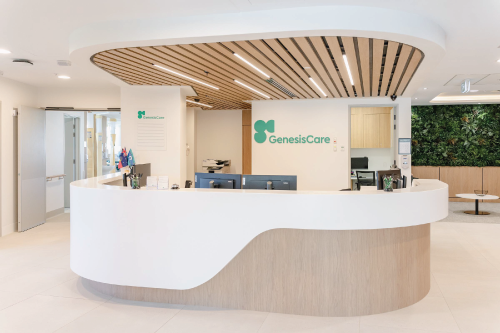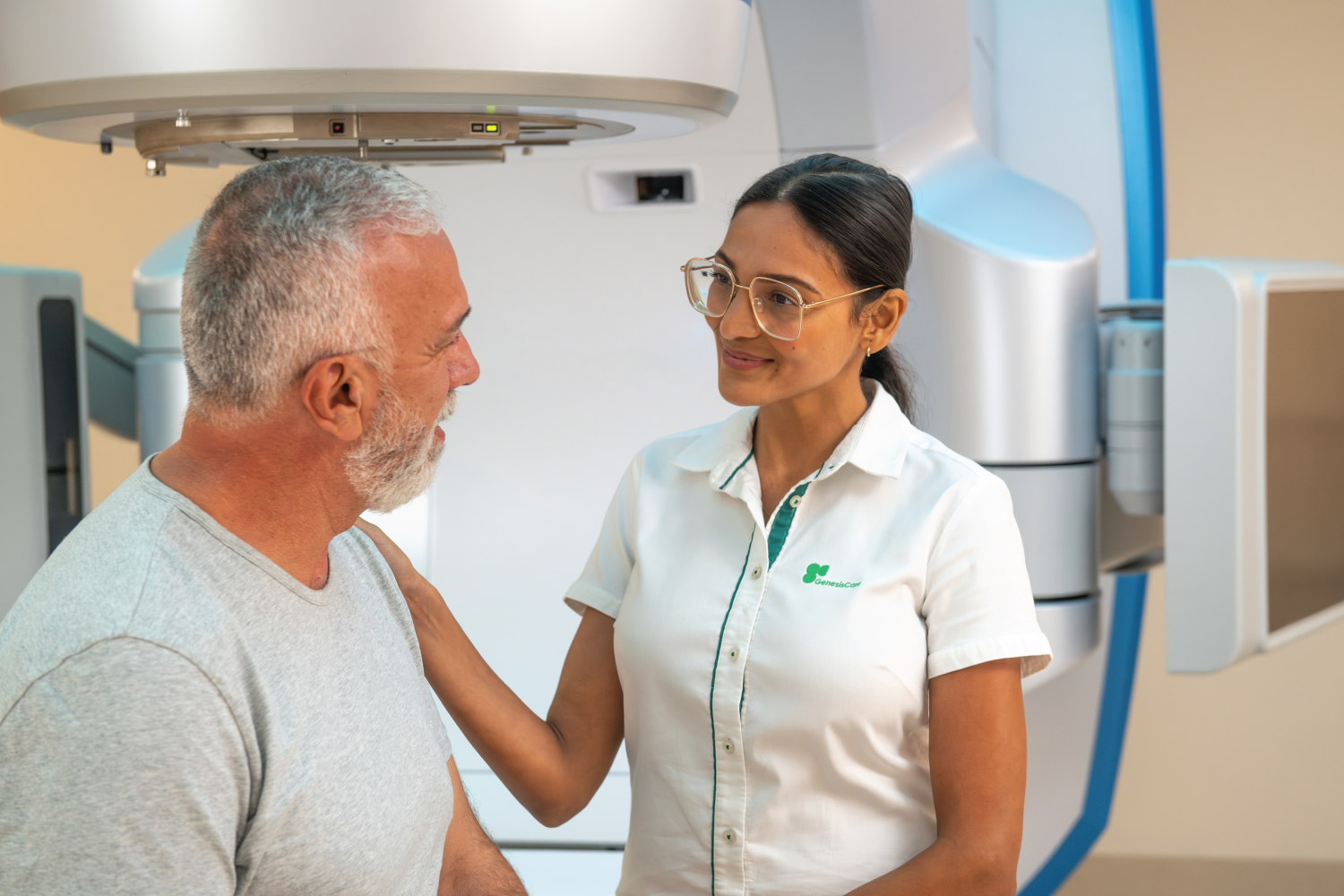- Patients
- Benign disease services

Radiation therapy for benign conditions
Low Dose Radiation therapy can be an effective treatment for several benign (non-cancerous) conditions
Radiation therapy for benign conditions
Certain benign conditions may be treated with radiation therapy, with the aim to help reduce pain, or to reduce the risk of later problems. These include dupuytren’s disease, ledderhose disease, keloid scars, osteoarthritis and plantar fasciitis.
Assessment
An initial assessment and discussion is important to help understand the uncertainties and alternative treatment options.
At the assessment, your specialist will discuss whether radiotherapy might be helpful for your condition, as well any as side-effects you may experience.
Note: You will need a referral from a GP or specialist for an assessment.
Treatment
In general, radiotherapy is delivered as an outpatient. It takes only a few minutes over a small number of visits, and doesn’t stop you from continuing your normal activities.
Benign conditions we treat
Enquire now
Contact us to learn more about radiation therapy treatment options for benign conditions. Please note a referral from a GP or specialist is needed for an initial assessment by a radiation oncologist.

You are leaving our website
You are now leaving our website. GenesisCare do not control this content and therefore are not responsible for its accuracy or reliability.

You are leaving our website
You are now leaving our website. GenesisCare do not control this content and therefore are not responsible for its accuracy or reliability.
Disclaimer:
This website is provided for information purposes only. Nothing on this website is intended to be used as medical advice, or to diagnose, treat, cure or prevent any disease. It should not be used as a substitute for your own health professional's advice. Any medical procedure or treatment carries risks. Before proceeding with treatment, you should discuss the risks and benefits of the treatment with an appropriately qualified health practitioner. Individual treatment outcomes and experiences will vary.






